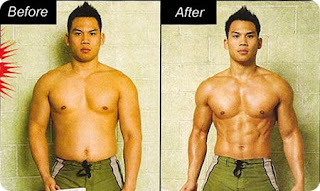Scientific Ways to Get Lean Muscle Mass

If you're someone who works with weight at the gym, you will not only lose some fat, but also gain some lean muscle mass. In this article; Muscle growth mechanisms and why most women cannot gain large amounts of muscle mass even though they work heavily. Although there are different types of muscles such as the heart muscle (your heart), there is some proven information only about skeletal muscles whose functioning is curious. For example, skeletal muscle consists of thread-like myofibrils, muscle fiber-forming sarcomeres, and basic contraction units. 650 skeletal muscles in the human body contract when they receive signals from motive neurons triggered from a part of a cell called the sarcoplasmic reticulum. The motive neurons tell your muscles to contract, and the better your muscles receive signals from these neurons, the stronger their contractions will be. A person who exercises powerlifter can lift very heavy loads even if he does not look very muscular. This is due to the ...
